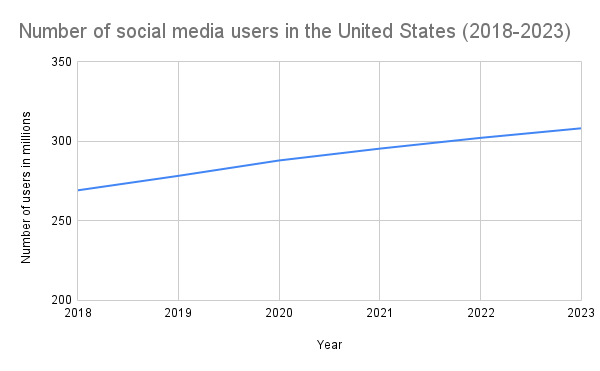
Phones have been around for years, now becoming one of the most valuable tools in many people’s lives. Reliance on technology, as well as relationships with others, were different in many ways just a few decades ago. When phones were not present, people often spent more time talking face-to-face and finding other ways to entertain themselves.
“I lived in Massachusetts,” said health and PE teacher Barbara Beaumont. “We met and played in the snow, we went out and rode bikes, we went outside to meet each other and do [activities]. Our whole block would go ride horses at my friend’s house down the end of the street. We played tag on the field. We hooked everything up to the back of the tractor and had a train ride.”
Although times have changed and many people are now reliant on their phones, it may not be the case in other places around the world.
“I lived in [France] and over there they had phones, but nobody used them,” said freshman Nyla Garrick. “It was more about riding our bikes to the village. I think it was more quality time spent because there weren’t any devices.”
In just twenty years, social media has rapidly become a ubiquitous feature in many people’s lives. This is especially true for high schoolers, since many are introduced to social media in their early teenage years. According to Statista, the US has 302 million active social media users as of 2023, meaning 90% of the American population uses social media.
Social media has many benefits, including easy connection to people online. However, in-person interactions can be more genuine and personal.

“When I’m on my phone, I have more time to think about my responses,” said sophomore Charis Hsieh. “But I feel like having real-life conversations is more fun because you can feel the emotion.”
Cellphones can detract from the personal connection formed through conversations, and it can be difficult to connect with others and share deeper and more meaningful conversations and relationships when they’re on their phone.
“I’ve seen a decline in social interactions between young people, and I’ve seen a decline in the ability to engage with someone they may not know very well,” Beaumont said. “For instance, when [asking students] to talk to other people in the class, sometimes it’s difficult for them. I’ll see them take [their phones] out and disengage and be interacting with their friends on their phone.”
“I’ve seen a decline in social interactions between young people”
Many times, using social media can become a main focus of time spent together. Instead of finding enjoyment with each other and participating in activities, many teens resort to scrolling on their phones.
“[My friends and I] sit down and go on TikTok or Instagram while we’re hanging out, and we just show each other a bunch of stuff that we find on the media,” Garrick said.
Overall, although phones have both downsides and advantages, a major factor determining how they impact friend groups is the friends themselves and how they choose to spend time together.
“It depends on the friendship,” said sophomore Nicholas Ke. “As long as they’re still able to have a conversation and still get along well, technology isn’t impacting [them] in a harmful or distracting way.”
Whether detrimental or not, phones have affected how people interact with one another shaping the way people interact and form relationships with each other.



